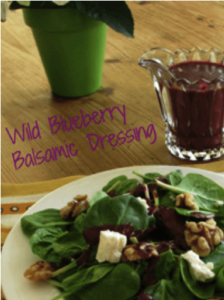Why Our Food is Getting Blander…But Wild Blueberries Aren’t
Food writer Mark Schatzker’s new book, “The Dorito Effect: The Surprising Truth about Flavor and Food,” is getting some rave reviews and a lot of online chatter about food taste. He’s also created a cool 2-minute animated video that’s worth checking out.
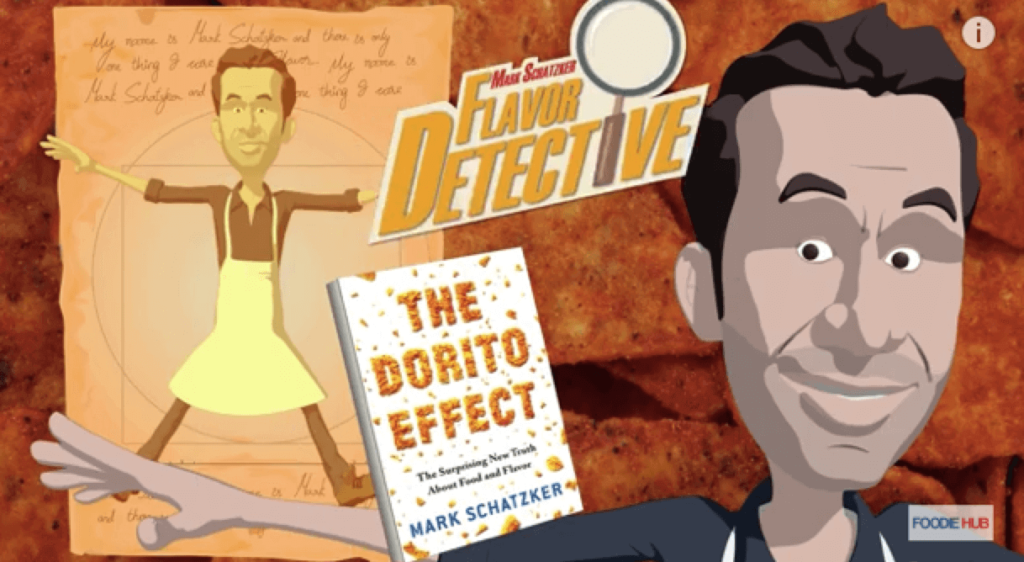
According to Schatzker, it seems that since the late 1940s, Americans have been slowly leeching flavor out of the food we grow, and the result is food that’s not only bigger but also blander. In nature, it seems, uniformity is a sure path to blandness. Ugh, how depressing, but we all know it’s true.
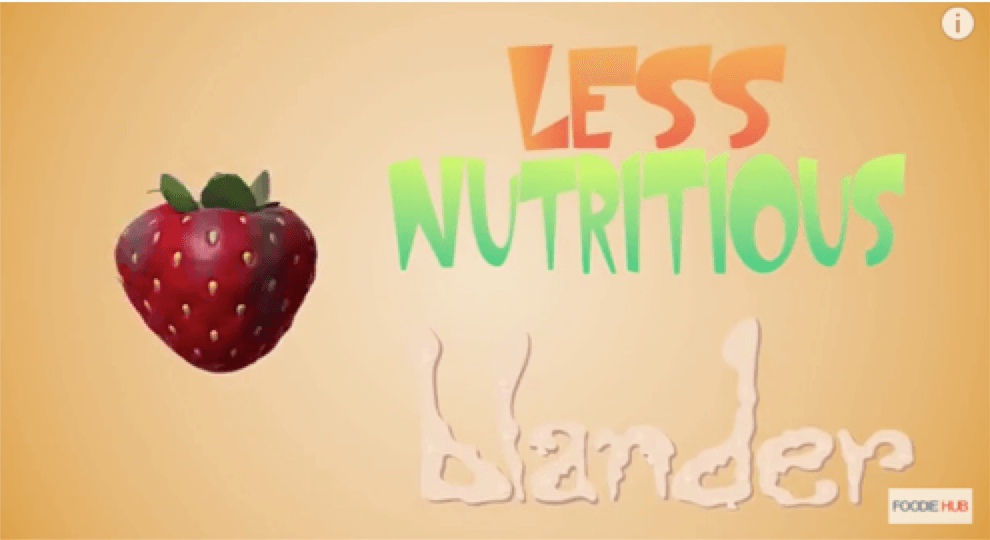
If you need convincing, try eating one of those huge tasteless strawberries that are popping up in supermarkets everywhere. Or, here’s an interesting challenge. Try comparing a handful of Wild Blueberries (found in the frozen food section of your local grocery store) with a handful of large cultivated blueberries (found in the produce section). There is simply no comparison when it comes to taste. Cultivated berries are often big, bland, and even mushy. Wild berries have a surprising kind of tartness, sweetness, and taste complexity that can barely be described…or resisted.
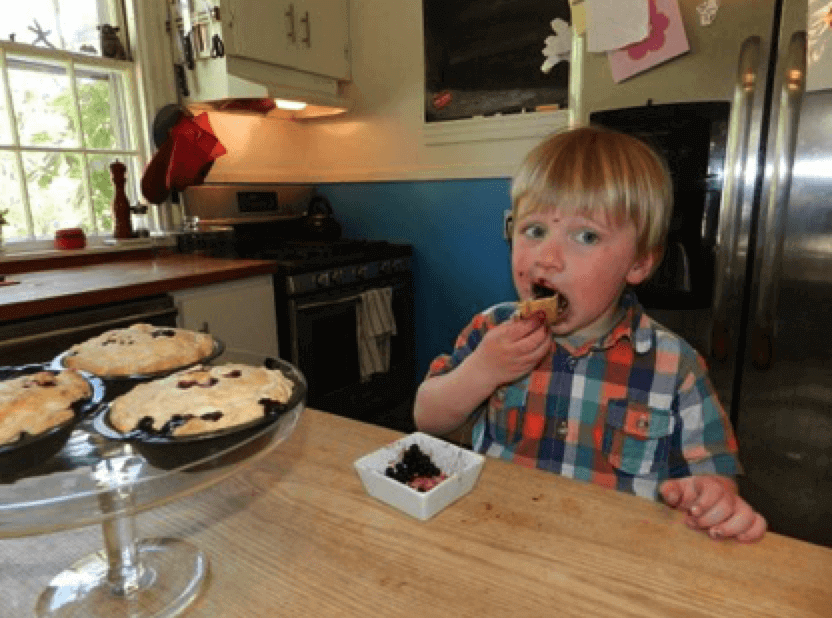
Just have a look my little nephew Oliver eating one of his mommy’s Mini Wild Blueberry Pies, and you can see what I mean!
If you happen to be lucky enough to visit a Wild Blueberry barren this summer in Maine or Canada, you will see not only a huge variety of berry sizes, but a stunning range of colors too. Some are light blue, some are almost black. The genetic diversity on the barrens is simply astounding.
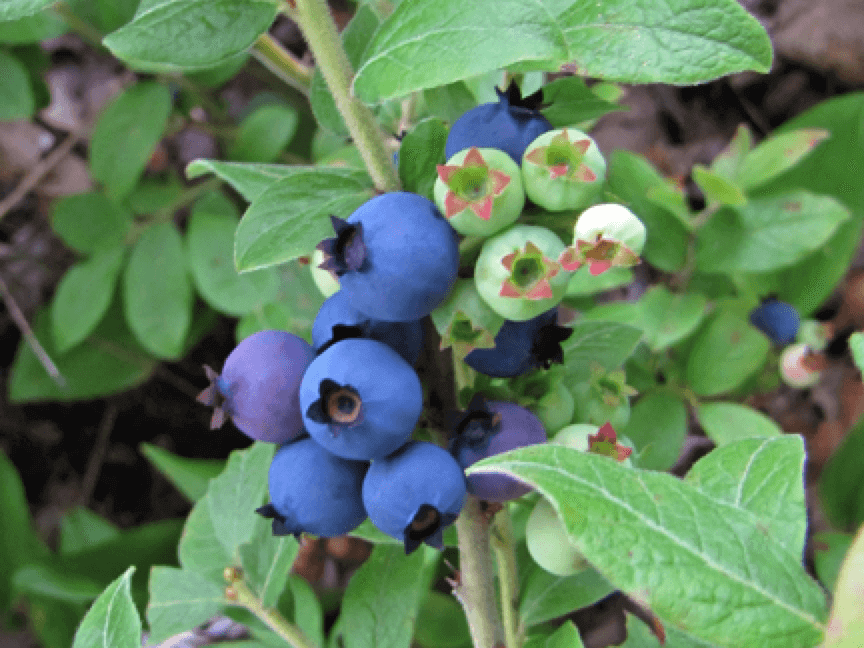
Whenever I need a scientific explanation for why Wild Blueberries are so unique, I call up David Yarborough. David is professor of horticulture at the University of Maine Cooperative Extension and the state’s leading expert on Wild Blueberries. Why are Wild Blueberries so complex in flavor, I ask him? And the answers are fascinating:
- Diversity is the key to nature, and Wild Blueberries are diversity SUPERSTARS! Maine’s Wild Blueberry fields host a mixture of literally thousands of varieties of dark and light berries. This diversity is what gives Wild Blueberries that complex and delicious flavor.
- Any given Wild Blueberry field can support literally hundreds of thousands of different plants. Compare this to regular blueberries, which might host half-dozen varieties in one growing area.
- Wild Blueberries have a higher skin-to-pulp ratio than their larger cultivated counterparts. More skin and less water equal more antioxidant-rich pigment and more INTENSE blueberry flavor.
- Wild Blueberries are indigenous plants – they occur naturally in barrens and fields of Maine, Eastern Canada and Quebec. Unlike so many foods on our plate, Wild Blueberries have stayed true to their roots for 10,000 years.
- Wild Blueberries are not planted by man or woman. The plants establish by themselves. They survive in the glacial soils, and, like some Mainers I know, they thrive in the cold, harsh climate.
- And here’s my favorite: “Wild Blueberries were here before man arrived and they likely will be here after we are gone.” While this may not be an argument for flavor, it’s definitely a reason to love, cherish and respect Wild Blueberries.
Here’s a springtime recipe from Heidi Diller that beautifully features the intense flavor of Wild Blueberries.
